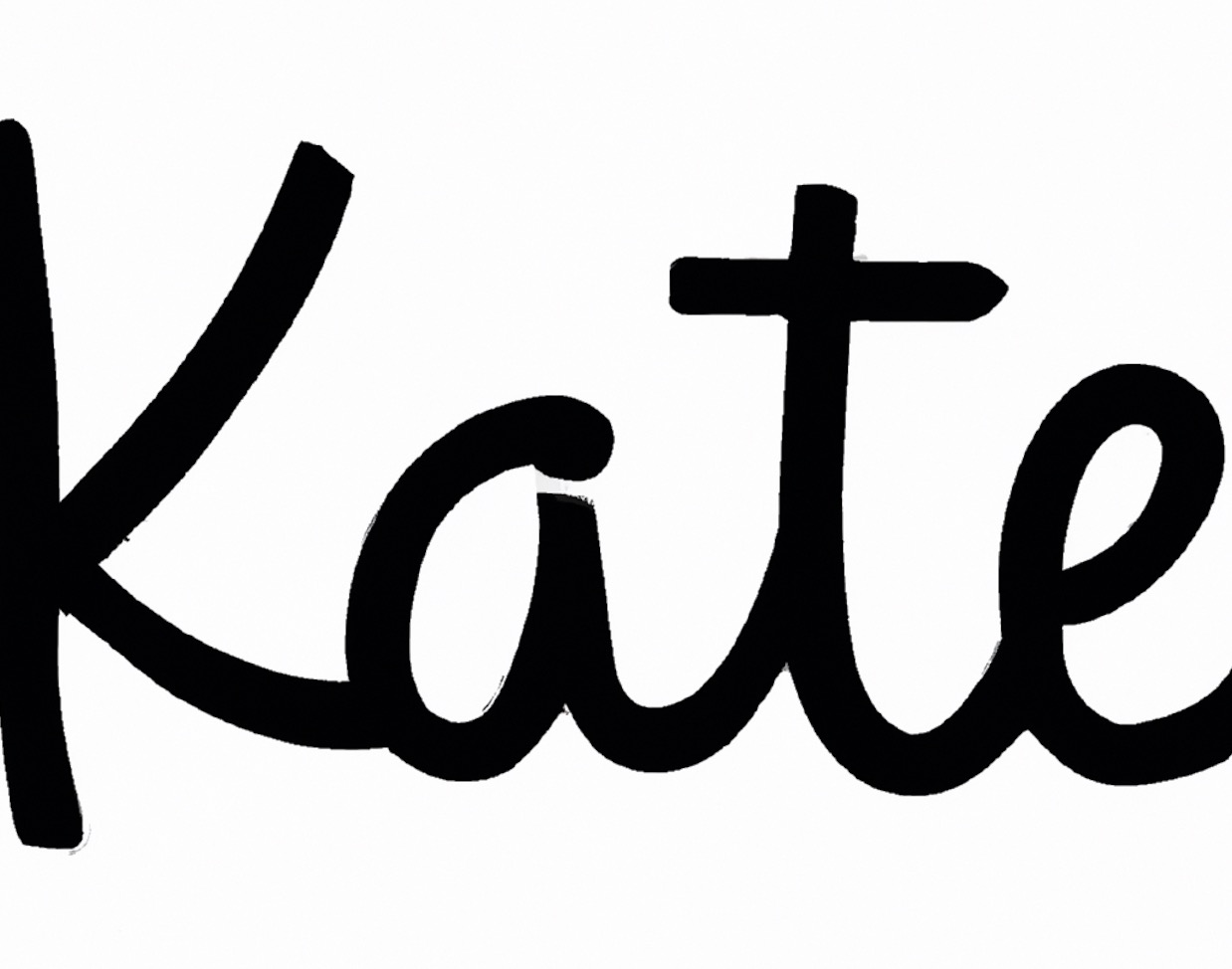Backlighting and silhouetting are two important lighting techniques used in photography. While both of these methods can create striking images, there are some distinct differences between them.
Backlighting is a technique that uses light from behind the subject to create a halo effect and make the subject stand out from the background. This is often used to create an ethereal or dreamy look in an image. Backlighting can also be used to add interest and depth when shooting landscapes or still life.
Silhouetting is a technique that involves placing the light source behind the subject, so that the figure is in darkness while the background is brightly lit.
This creates an outline or Silhouette of the subject on a bright background, hence the name silhouetting. Silhouetting can be used to create abstract shapes of figures or objects, as well as to emphasize certain features like eyes or hair.
The main difference between backlighting and silhouetting is in how they affect the appearance of the subject. With backlighting, the focus is on making sure that your subject stands out from its surroundings, while with silhouetting, your focus should be on creating a dramatic outline of your subject against a bright background.
Conclusion:
In conclusion, backlighting and silhouetting are two different lighting techniques used in photography and videography. Backlighting creates an ethereal look by having light from behind your subject, while silhouetting creates a dramatic outline of your subject against a bright background.
9 Related Question Answers Found
A Silhouette is an image that is composed of a dark shape and color against a lighter background. This type of image typically appears to have a sharp contrast between the two elements. To create a Silhouette, light has to be used in the right way.
A Silhouette is a two-dimensional image of an object or person, usually composed of black and white, with the darker tones representing the outline of the figure. Silhouettes are often used in art and photography to add drama and mystery to a scene. The question is: does backlight create a Silhouette?
Backlit Silhouettes are a great way to add drama and create a unique atmosphere in any environment. They can be used to highlight a feature, create an atmosphere of mystery, or simply add a touch of elegance to any setting. Backlit Silhouette technology has been around for decades, but its use has become increasingly popular in recent years, due to its ease of use and relatively low cost.
Backlighting is a technique of photography that involves taking a picture with the light source behind the subject. This creates an interesting effect as the main subject is lit by a soft glow, while their outline is cast in darkness. Backlighting can be used to create stunning Silhouette images.
The direction of light is a crucial factor when it comes to taking pictures, especially when it involves Silhouettes. A Silhouette is an outline of an object or person that appears dark against a bright background. The shape and features can often be seen but the details are hidden in the shadows.
Heat Transfer Silhouette is an innovative printing technique used to transfer a design or logo onto a fabric. Unlike traditional methods of printing, Heat Transfer Silhouette utilizes a transferable adhesive to affix the desired design onto the fabric substrate. The process is simple and efficient, requiring no additional inks or chemicals.
Silhouette shades, otherwise known as sun-shading lenses, are popular eyewear that is designed to protect your eyes from the sun and other intense light sources. They come in a variety of shapes, sizes and colors and can be worn for both fashion and practical reasons. But the question is: can you see through Silhouette shades?
Shift Silhouettes are a very important part of fashion. At their core, shifts are the simplest of garments: a loose, straight-cut dress that can be worn as a day or evening piece. But they can also be used to create a variety of looks, from classic to modern and casual to formal.
Silhouette heat transfer is a form of heat transfer vinyl used to create personalized designs on apparel. It’s a great way to add your own unique style to T-shirts, tops, bags, or any other fabric item. It’s easy to use and doesn’t require a lot of experience or supplies.
